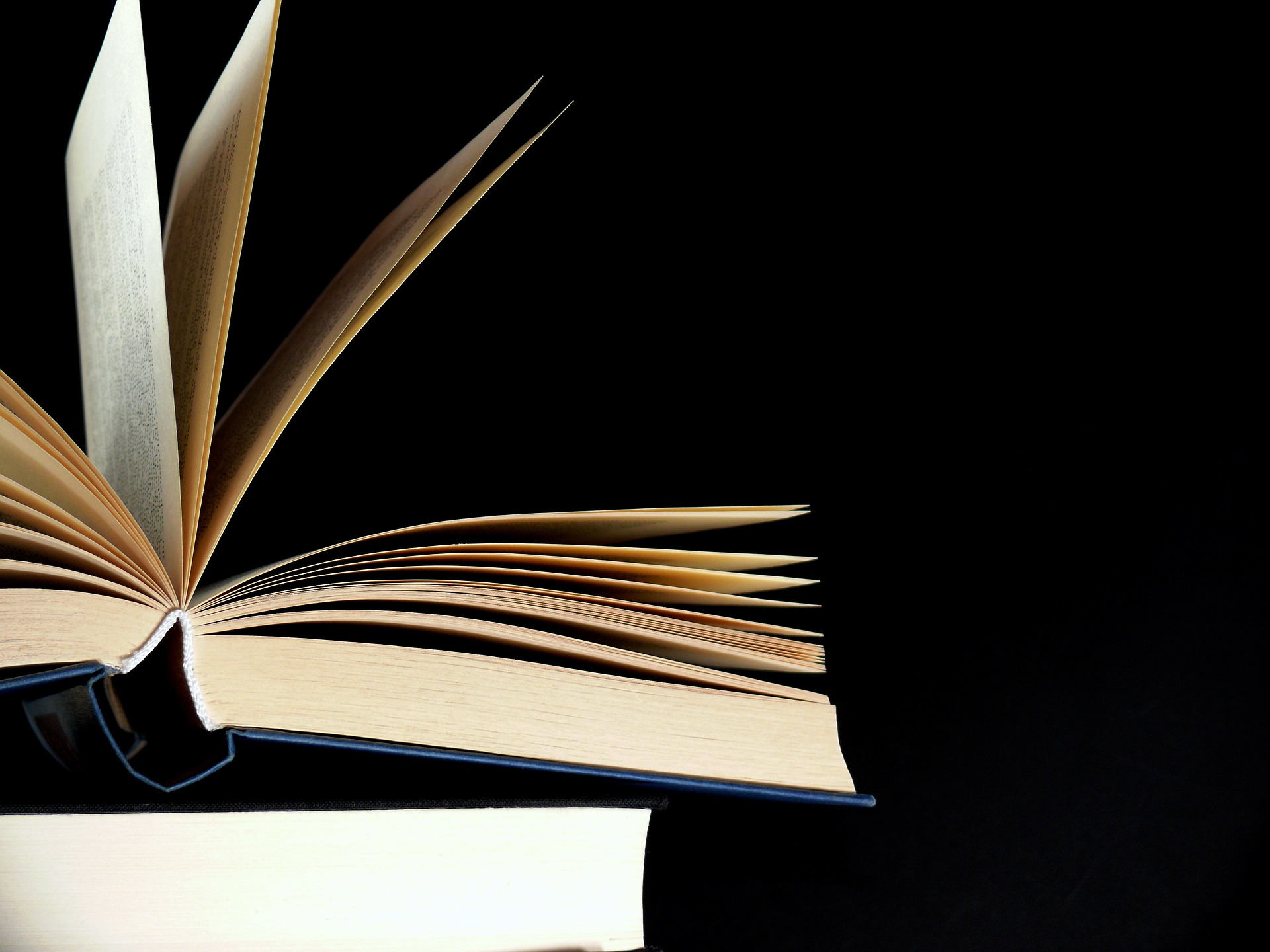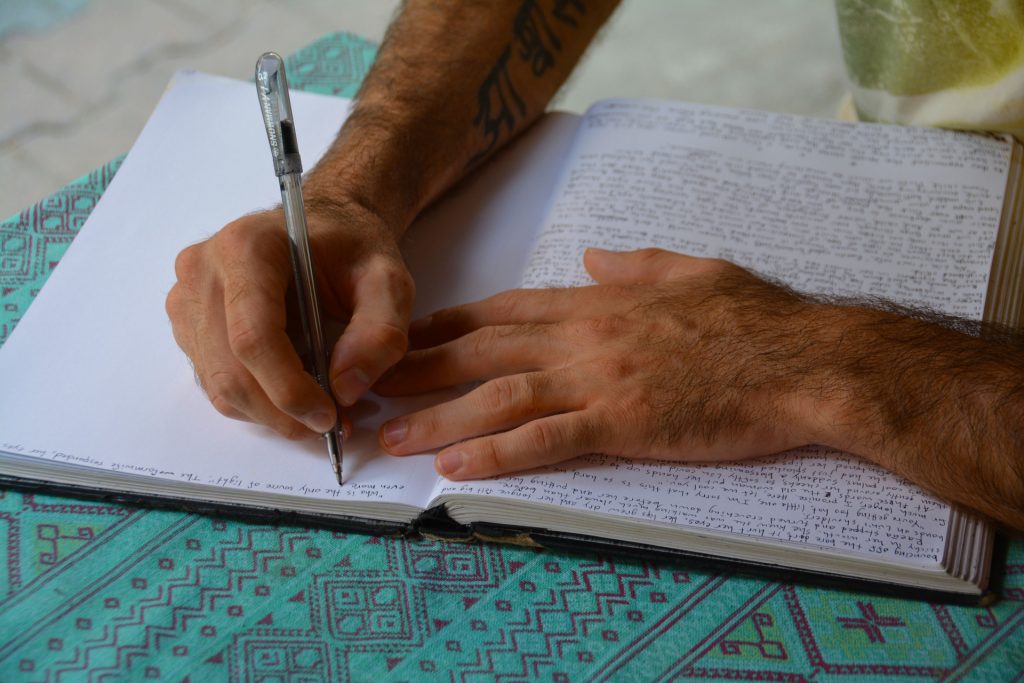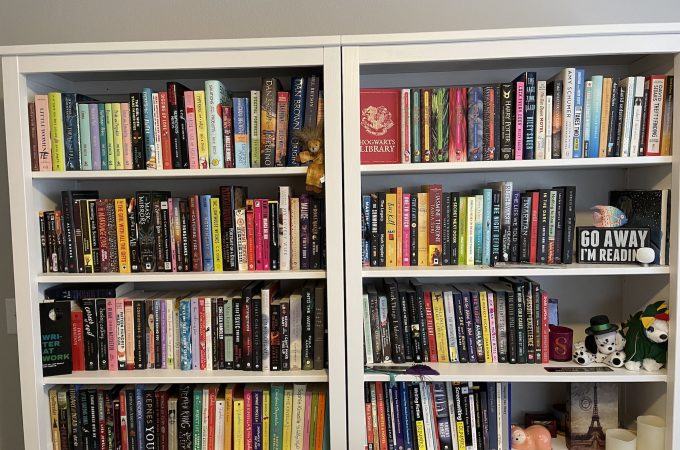
How to plot your novel with the three-act structure
It’s a classic writing rivalry: Plotters vs. pantsers.
Plotters tend to outline and structure their novel before writing whereas pantsers fly by the seat of their pants and see where the story takes them.
Both are fine methods to getting your story written as either way you’ll end up revising your story to check its structure and make sure it hits all the major beats.
But, if you want to do the heavy lifting up front and plot your novel before writing but aren’t sure where to start, let’s start with the classic story structure that’s comprised of three acts.
In this post, I’m sharing how you can plan your story’s three acts and learn about the major beats or scenes that should be within each act.
Plotting your novel with the three-act structure

Act One: The beginning
Act One is all about the setup and preparing the protagonist for the journey ahead. This act establishes their status quo world, their problem, and their goals. We need to know why this story is important, who it’s happening to, and what’s on the line if the protagonist rejects their call to adventure.
Major beats in Act One:
- Opening scene: Show us the protagonist in action and introduce their goals, flaws, and where they are. We should get a snapshot look at this character’s life and why they’re about to be the main player in this specific story.
- Inciting incident or catalyst: This beat pushes or pulls the protagonist into the story. The protagonist must act or choose to react to something that happens to them.
- Act One problem: – stakes raised, choice to move into it, debate
Act Two: The middle
The middle is where the action happens and the part that most book blurbs blab about. This is where the premise comes into play and we see the protagonist struggle or succeed in their new world.
Most often, you’ll want your Act Two world to be an upside down version of the Act One world or at least different enough to show the difference between their status quo and their new place.
Think of Harry Potter, in the first act he’s in London with his wretched Muggle family but in the second act he’s in a whole new world at Hogwarts surrounded by witches and wizards. These worlds and acts couldn’t be any more different.
Major beats in Act Two:
- Act Two choice/Break into Two: This is also known as Crossing the Threshold and now the protagonist is invested in this journey. There’s no going back and they’re now facing obstacles or challenges they’d only encounter in the Act Two world.
- B story: This is where your protagonist meets new friends, allies, or enemies. This is also where a love interest can be introduced or that plotline strengthened. Most protagonists aren’t going to go on this journey alone, so give them some B Story friends to help them along the way and even be the voice of reason behind your story’s theme.
- Fun and games: This beat spans several scenes but shows your protagonist succeeding or failing in the Act Two world. Just because the beat is called fun and games, it might not be much fun for the protagonist. This beat allows you to show what your protagonist is really made of as they face new challenges and win or fail.
- Midpoint: Something happens that throws the protagonist’s world upside down, raises the stakes and sounds the alarm that things have to change if the protagonist wants to achieve their goal.
- Act Two disaster: Also known as the all is lost beat, this is where the protagonist is met with a major setback and forced to face the truth and discard the lie they’ve used as armor. They’ll often wallow a bit, during the dark night of the soul beat, and probably feel like giving up. A B Story character can help them persevere or they find their own inner strength to keep going.
Act Three: The ending
The protagonist has gone through the fun and games and faced their lowest point, now it’s time to bring them into the light and back on top. They’ve learned what they needed to learn from this journey and they’re ready to merge their Act One and Act Two worlds into their new normal. It’s the exciting finale of Act Three that will get them there.
Major beats in Act Three:
- Act Three plan/Break into Three: This beat is where the protagonist knows what they have to do to win and they now have the strength for their final push.
- Climax: It’s the final fight and showdown between the protagonist and antagonist. It’s where we see the protagonist embrace the new version of themself and defeat the antagonist.
- New normal/Final image: Most often the final image will be a mirror of the opening image to show how much the protagonist has changed or grown over the course of the story. We see them in their new normal and finally living as their true self.
Do you include other beats in your three-act structure? Tell me your thoughts in the comments below!




